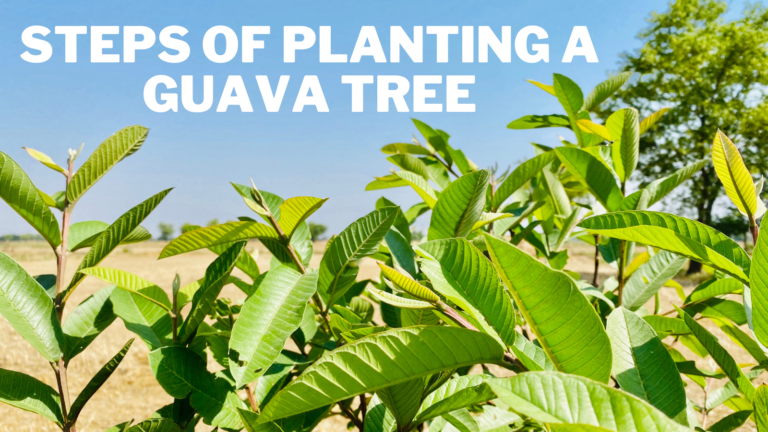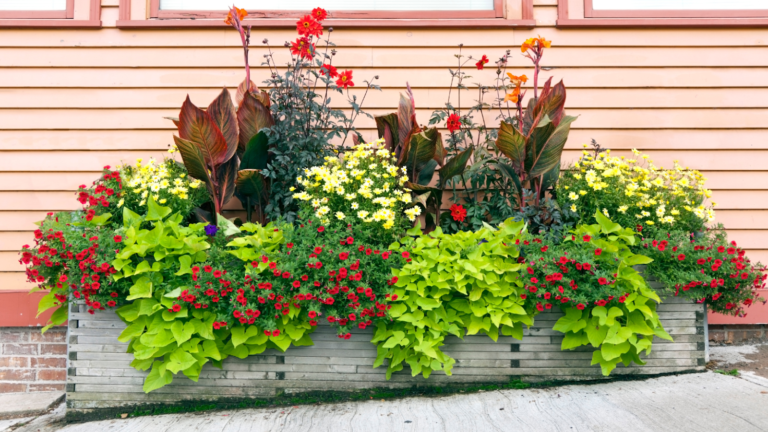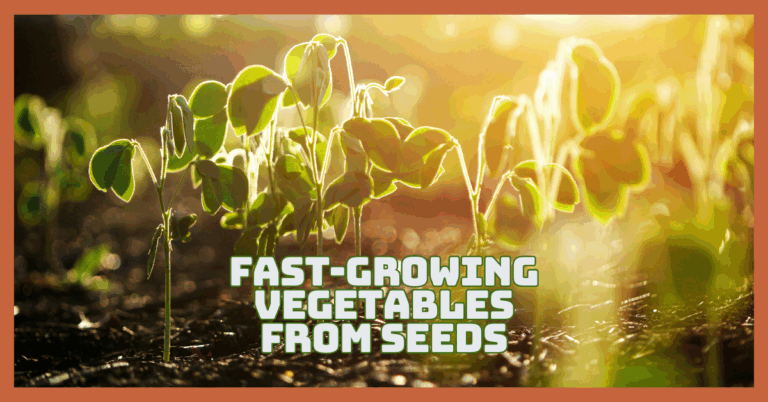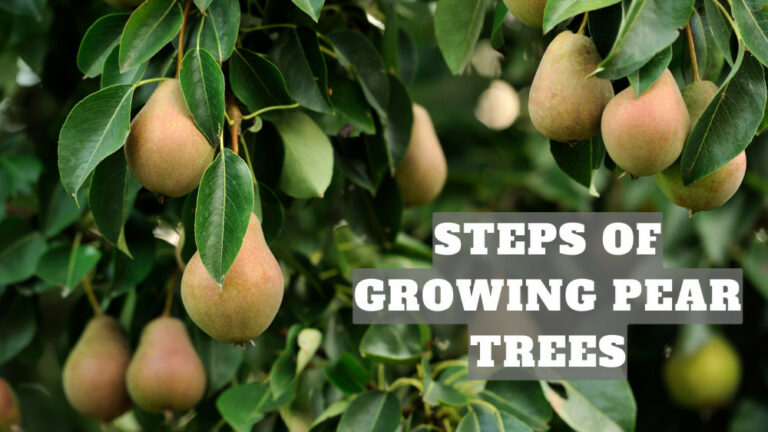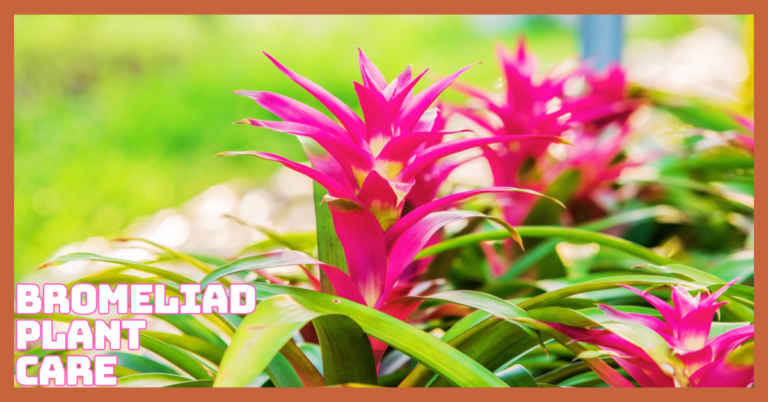Best Type Of Soil For Vegetable Gardens
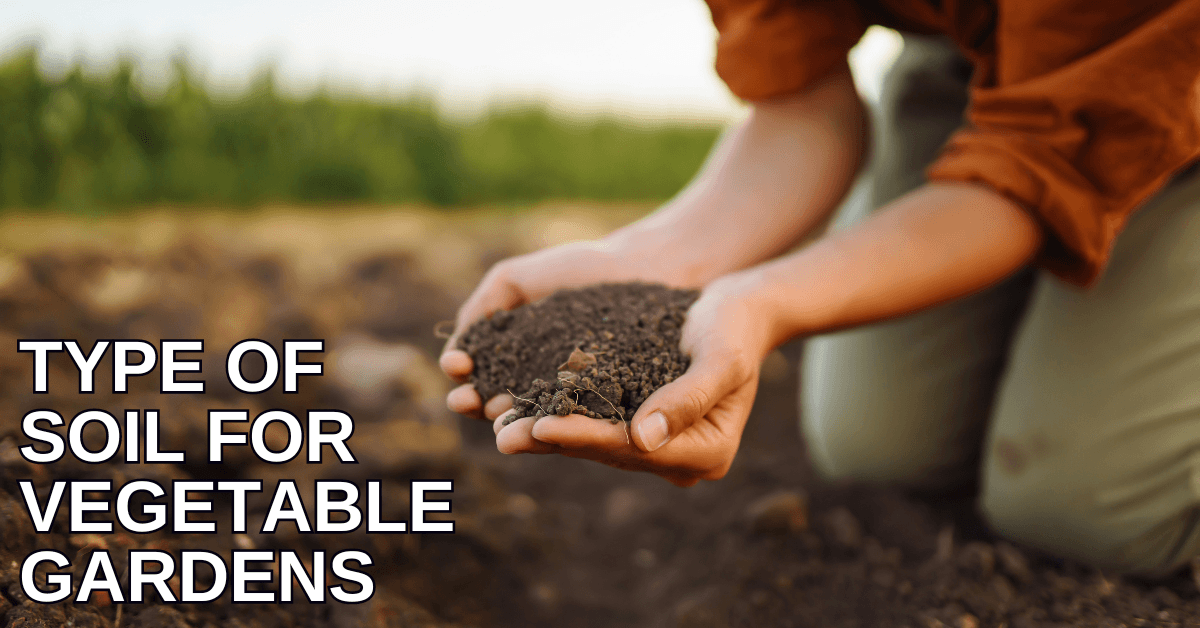
Type Of Soil For Vegetable Gardens
Choosing the right type of soil is essential for a successful vegetable garden. The soil provides the foundation for plant growth, supplying nutrients, water, and support to the roots.
Different soil types have varying fertility levels, drainage, and texture, which can impact plant health and yield.
Understanding the characteristics of each soil type for a vegetable garden is essential for making informed decisions about which soil is best suited for optimal plant health and yield.
This article will explore the different types of soil commonly used in vegetable gardening, including their pros and cons, and provide tips for improving soil quality to create a healthy and productive garden.
Whether you're a seasoned gardener or just starting, knowing the right soil for your vegetable garden is key to growing a bountiful harvest.
What Is Soil?
The top layer of the Earth's crust comprises soil, a complex mixture of minerals, organic matter, water, air, and innumerable species.
It is a dynamic and living system that supports plant growth and sustains life on land. Soil formation is a slow process, taking hundreds to thousands of years, as rocks break down into smaller particles through weathering and biological activity.
The soil composition varies depending on climate, parent material, topography, and time. There are three main types of soil particles: sand, silt, and clay, each with different sizes and properties that influence soil structure and fertility.
Soil serves several important functions in the environment. It serves as a growth medium for plants, giving them water, nutrients, and anchoring.
Soil also plays a crucial role in the water cycle, acting as a reservoir that stores and filters water, regulating its flow and quality.
Additionally, soil is a habitat for diverse organisms, from microscopic bacteria to earthworms, contributing to nutrient cycling and soil health.
Soil is also important for human activities, providing the foundation for agriculture and forestry and serving as a building material and a medium for waste disposal.
Understanding the complexity and importance of soil is essential for sustainable land management and environmental conservation.
Type Of Soil For Vegetable Gardens
As you dig into the gardening world, the soil beneath your feet becomes more than just dirt – it's the lifeblood of your vegetable garden.
Like a well-tuned instrument, the type of soil you choose can dictate the harmony of your plants' growth.
Understanding these soil profiles is key to nurturing a flourishing vegetable patch. So, let's unearth the secrets of soil and discover which type will best nurture your garden dreams:
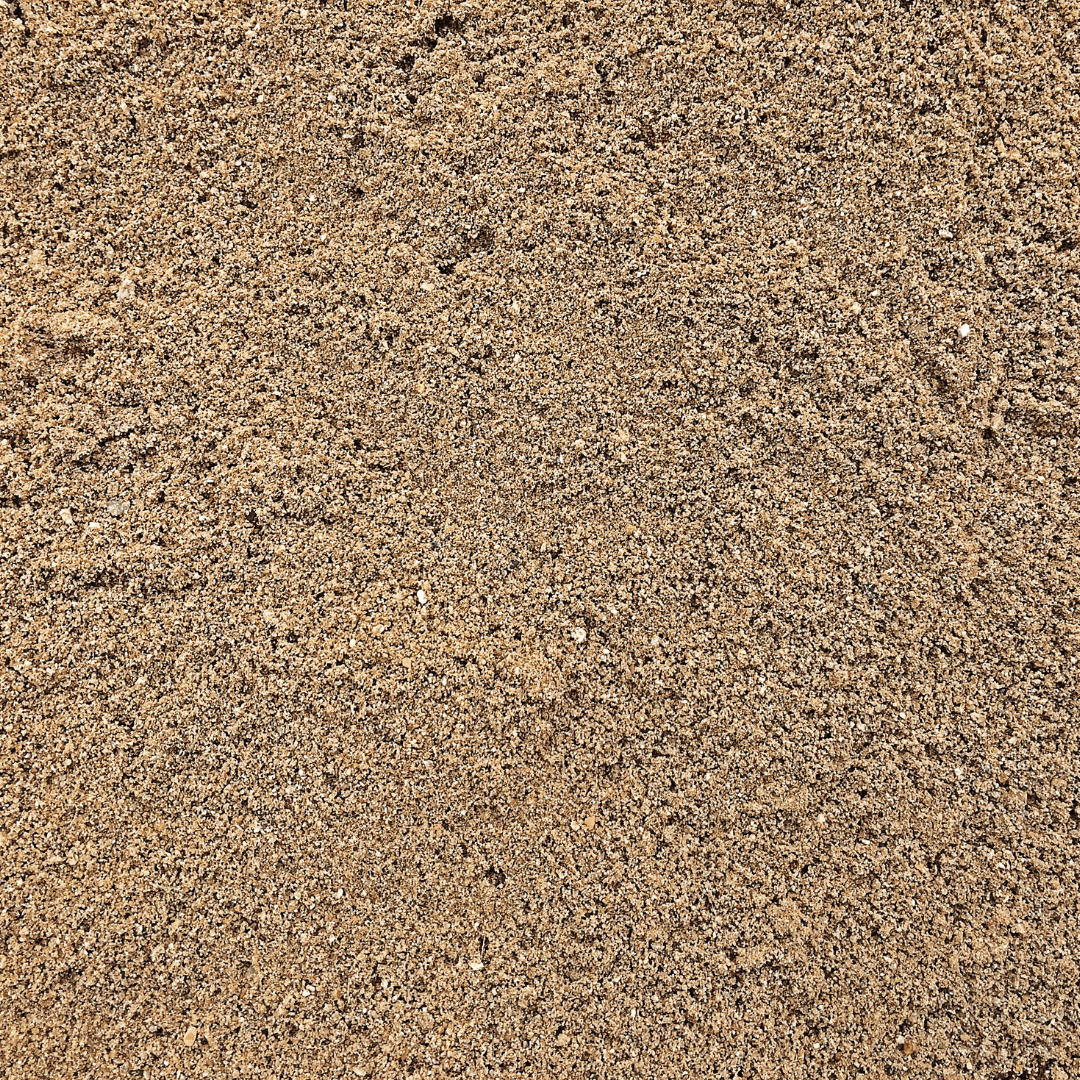
1. Sandy Soil
Sandy soil's gritty texture and larger particles promote good drainage and greatly benefit vegetable gardens.
Because it warms up rapidly in the spring, this soil is perfect for early planting and encourages the formation of roots early on.
Conversely, sandy soil does not effectively hold moisture, necessitating more regular irrigation, particularly in dry spells.
Furthermore, sandy soil is not good at holding nutrients, so more frequent fertilization may be necessary to ensure plants get enough of them.
Despite these difficulties, organic matter, such as compost or well-rotted manure, can be added to sandy soil to help it retain more water and nutrients.
While sandy soil offers good drainage and early warming properties, it may require additional care and amendments to support healthy plant growth.
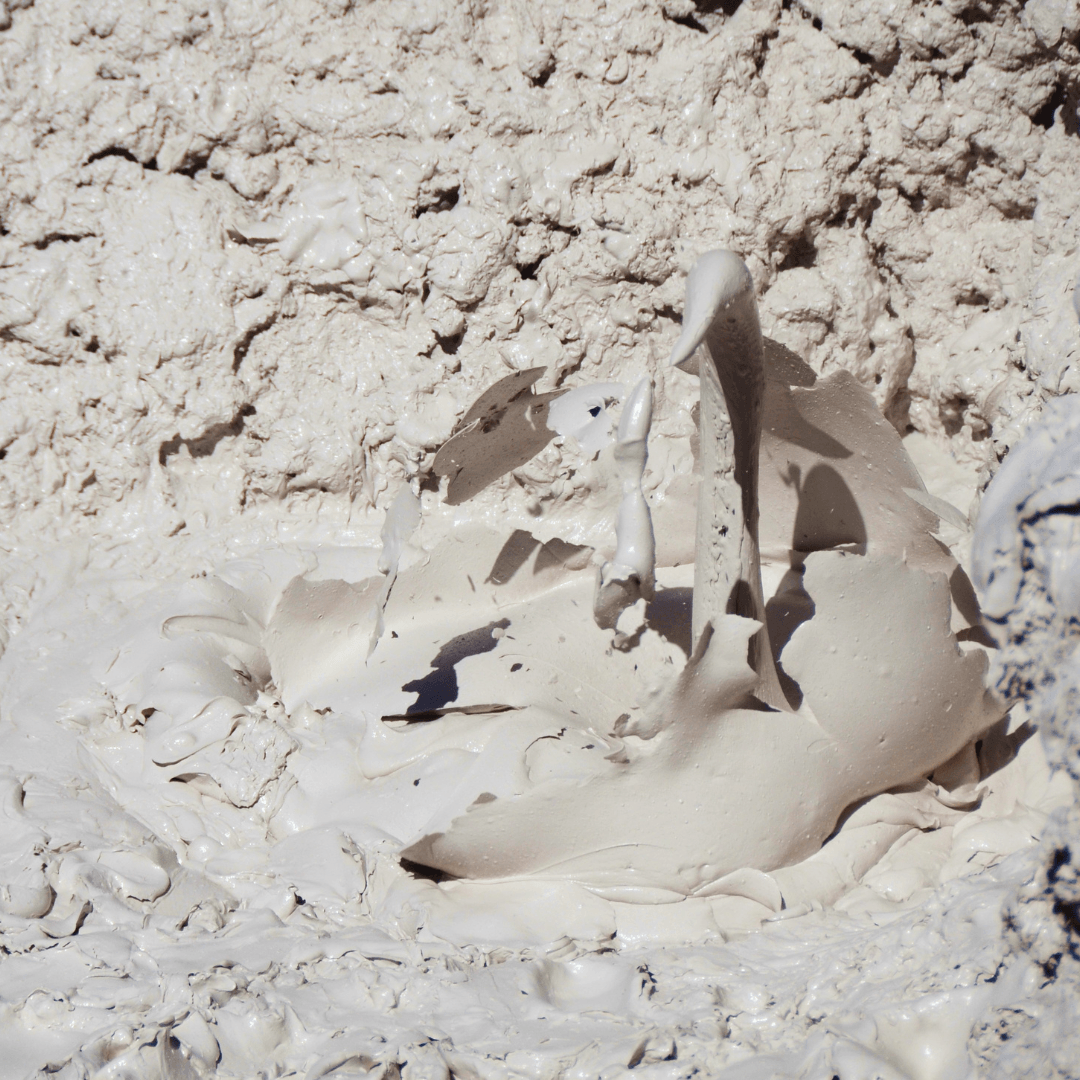
2. Clay Soil
Clay soil is a type of soil for vegetable gardens characterized by its fine texture and high content of tiny particles, giving it excellent water retention properties.
This means that clay soil can retain moisture well, which can be beneficial during dry periods.
However, clay soil tends to compact easily, especially when wet, leading to drainage issues and making it challenging for plant roots to penetrate and grow.
Despite its tendency to become compacted, clay soil is rich in nutrients, making it fertile for plant growth.
However, the dense nature of clay soil can also make it difficult for plants to access these nutrients.
Amendments such as organic matter, gypsum, or sand can improve the structure of clay soil by helping break up the clay particles and improve drainage.
While clay soil is nutrient-rich and retains water well, it may require amendments to improve its structure and make it more suitable for gardening.
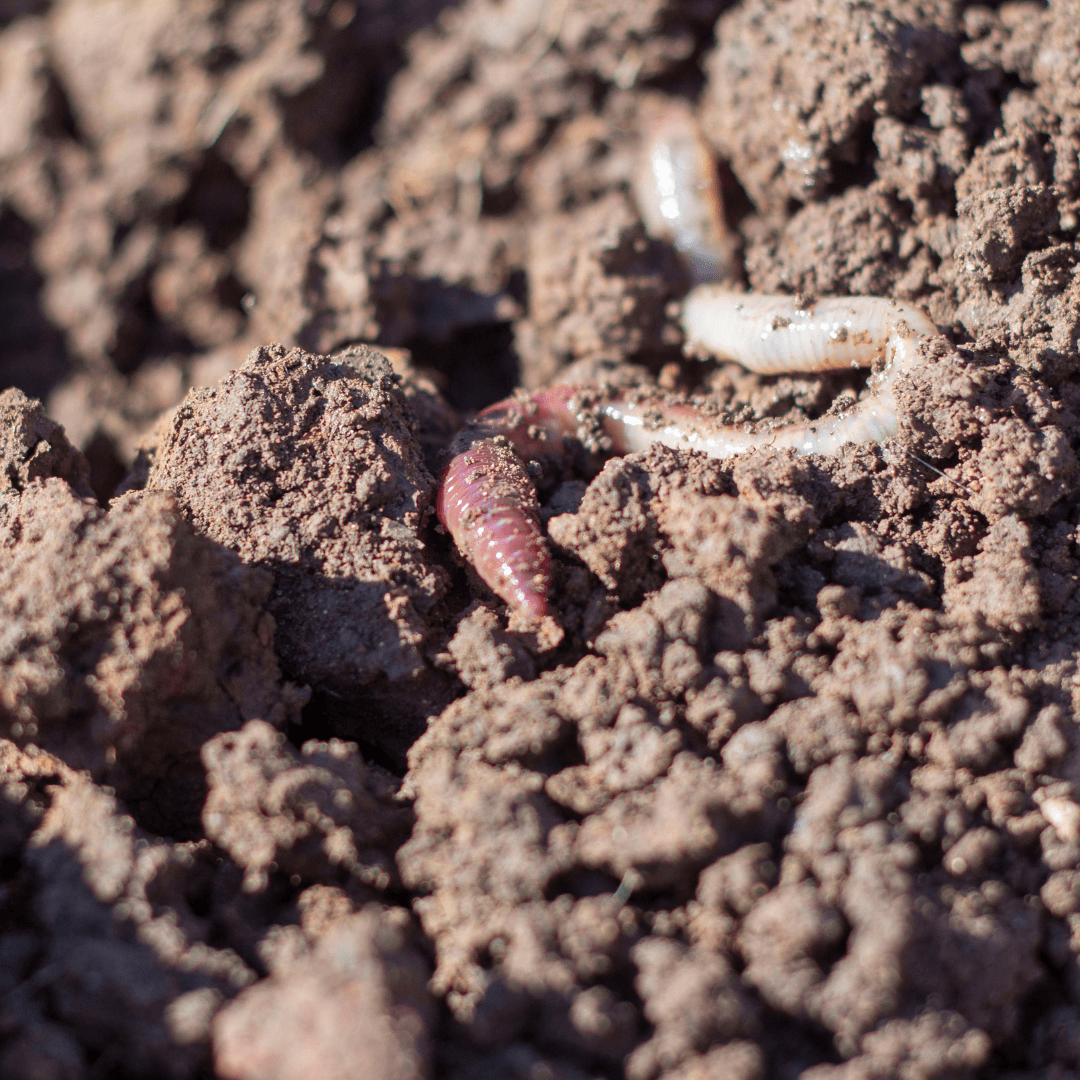
3. Loamy Soil
Loamy soil is often regarded as the gardener's dream soil thanks to its balanced sand, silt, and clay composition.
This balance provides the best of all worlds, offering excellent drainage while retaining moisture and nutrients.
The sandy component allows for good aeration and drainage, preventing waterlogging, while the silt and clay components help retain moisture and nutrients.
This combination creates an easy-to-work-with soil type, providing a loose, crumbly texture that allows plant roots to penetrate easily and access nutrients.
Its nutrient-rich nature makes it ideal for vegetable gardens, as plants receive a steady supply of essential nutrients.
Gardeners often find that plants grown in loamy tend to be healthier and more productive, making loamy soil the ideal choice for those who want to cultivate a thriving vegetable garden.

4. Peat Soil
Peat soil is a type of soil for vegetable gardens characterized by its high organic matter content and excellent moisture retention properties.
This makes it a valuable soil type for areas with low rainfall or plants requiring consistently moist conditions.
However, one drawback of peat soil is its acidity, which can hinder the growth of some vegetables.
To remedy this, liming agents can be added to raise the pH and make it more suitable for vegetable growth. Despite its benefits, using peat soil is controversial due to sustainability concerns.
Peat soil has been formed over thousands of years in peat bogs, which are important ecosystems that provide habitats for unique plant and animal species.
Harvesting peat soil for horticultural use can disrupt these ecosystems and release stored carbon into the atmosphere, contributing to climate change.
As such, gardeners are encouraged to explore alternative long-term, more sustainable soil options.
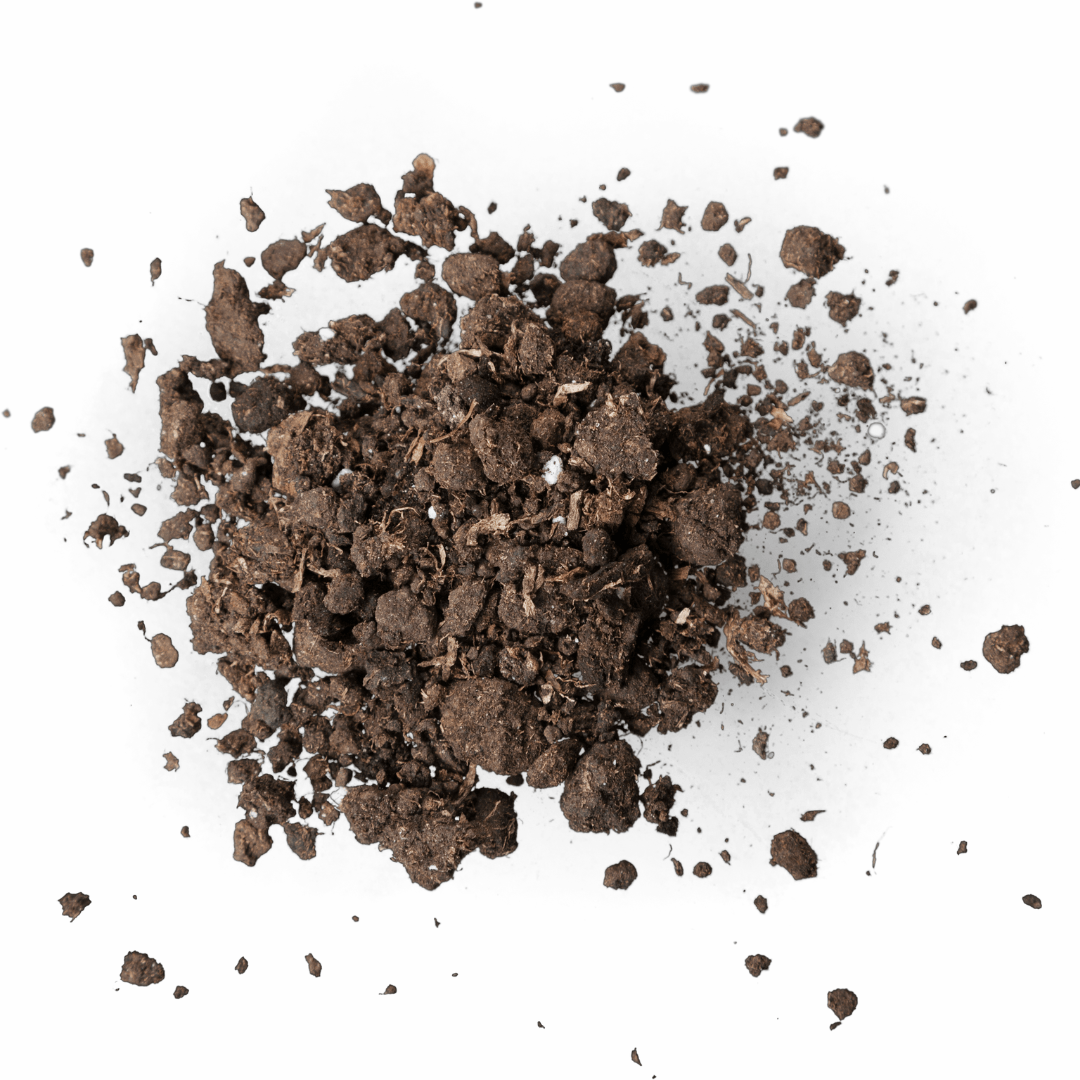
5. Chalky Soil
Chalky soil, characterized by its alkaline nature and high calcium carbonate content, offers good drainage properties, making it suitable for vegetable gardening.
However, this soil type is often shallow and lacks essential nutrients, particularly nitrogen, phosphorus, and potassium, vital for plant growth.
As a result, chalky soil may require additional fertilization and amendments to enhance its fertility and make it more suitable for vegetable cultivation.
By adding organic matter such as compost, manure, or leaf mould, gardeners can enhance chalky soil's nutrient content and structural integrity.
Furthermore, adding mulch to the soil helps improve moisture retention and temperature regulation, making the soil a more favourable growing medium for vegetables.
Chalky soil has adequate drainage, but its nutrient shortage needs to be carefully managed and amended to promote robust vegetable growth.
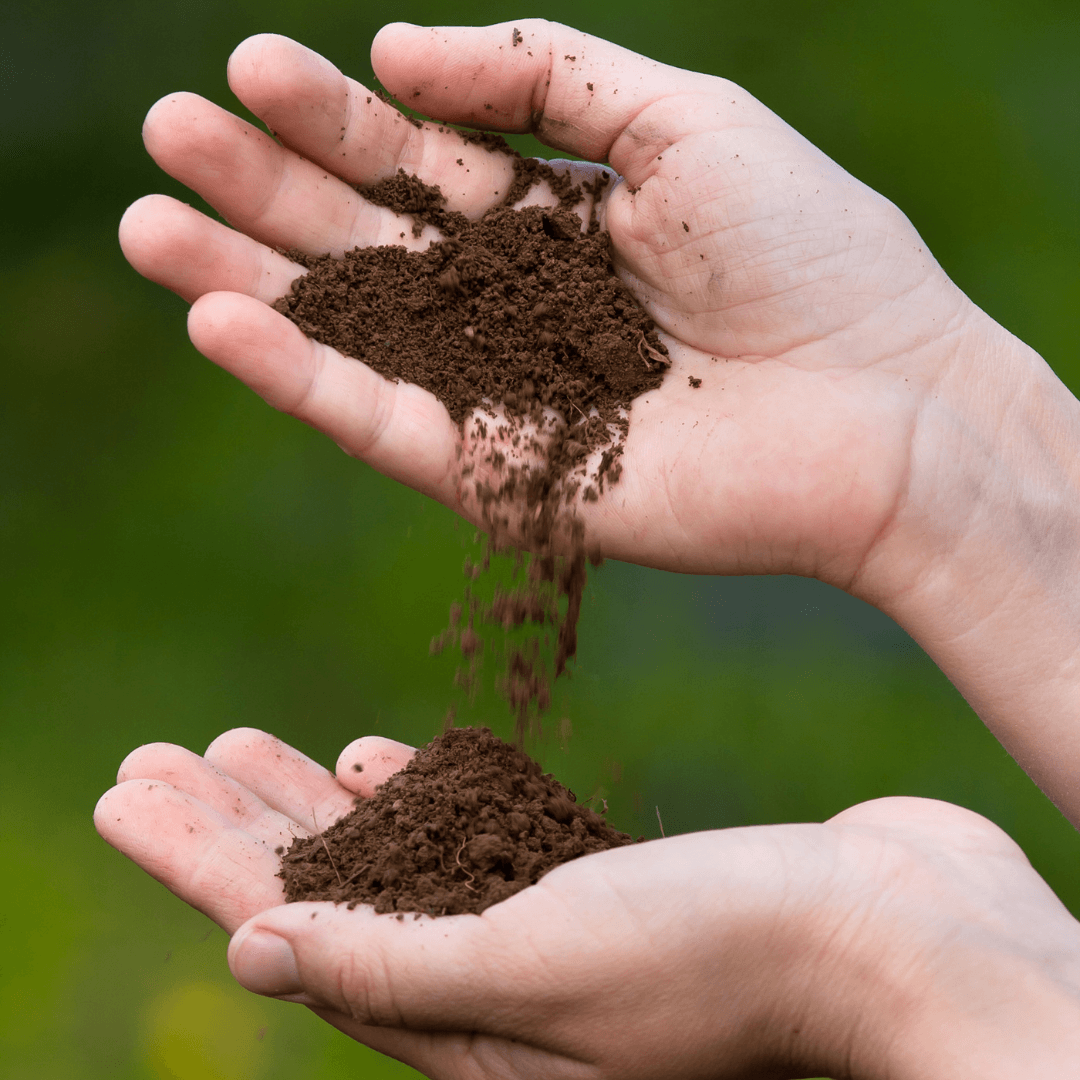
6. Silty Loam
Silty loam is a type of soil for vegetable gardens characterized by its smooth texture and high silt content, giving it excellent water retention properties.
This soil type is fertile, rich in nutrients, and easy to work with, making it ideal for vegetable gardening.
Silty loam's ability to retain moisture allows for consistent hydration of vegetable plants, even during dry periods. Its fertility gives plants essential nutrients, promoting healthy growth and high yields.
The smooth texture of silty loam also makes it easy to cultivate, allowing for good root penetration and aeration.
Gardeners often find that vegetables grown in silty loam soil are healthier and more productive due to the optimal balance of water, nutrients, and air.
Silty loam is a preferred soil type for vegetable gardening, offering the perfect blend of texture, fertility, and ease of cultivation.

7. Sandy Clay Loam
Sandy clay loam is a soil type with a higher proportion of clay than sandy loam, giving it properties of sandy and clay soils.
This soil type offers good water and nutrient retention, making it suitable for vegetable gardening.
The clay component helps retain moisture and nutrients, ensuring plants have a steady water supply and essential nutrients for growth.
However, sandy clay loam can be prone to compaction, especially when wet, which can restrict root growth and hinder plant development.
Regular aeration of the soil may be necessary to prevent compaction. Despite this potential drawback, sandy clay loam is a versatile soil type that can support a wide range of vegetables, providing them with the water and nutrients they need to thrive.
Adding organic matter, such as compost or manure, can enhance sandy clay loam soil's structure and water-holding capacity, making it more suitable for vegetable plants.
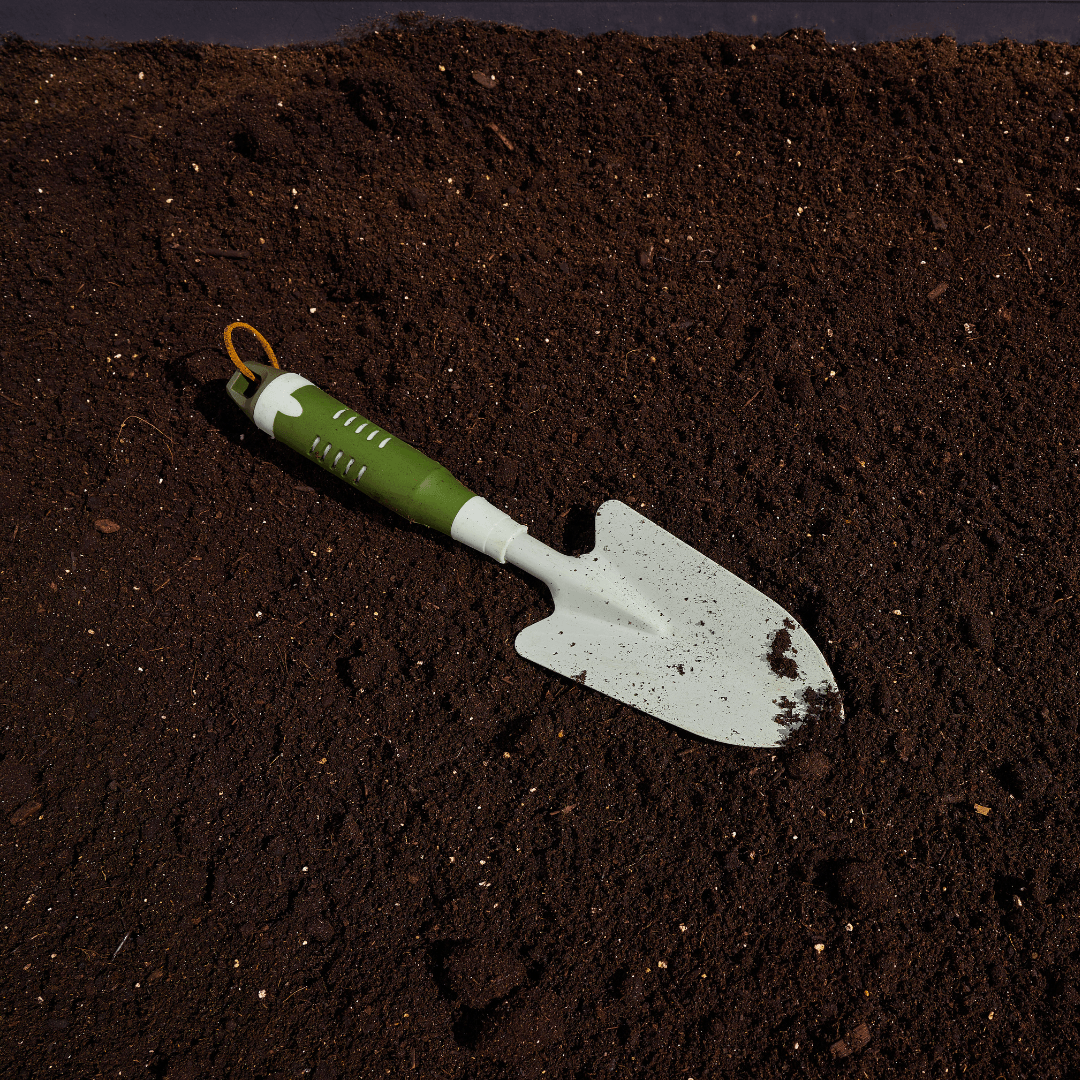
8. Raised Bed Soil
Raised bed soil is a type of soil for vegetable gardens specifically formulated for raised bed gardens, offering several advantages.
This soil type typically combines topsoil, compost, and other organic matter, such as peat moss or coconut coir.
The topsoil provides a base for plant roots to anchor and access nutrients, while the compost and organic matter improve soil structure, drainage, and nutrient availability.
The composition of raised bed soil is designed to promote optimal drainage and prevent waterlogging, which can lead to root rot.
The organic matter in the soil also aids in moisture retention, ensuring that plants have access to water during dry periods.
Additionally, the loose, aerated structure of raised bed soil promotes healthy root development and allows plants to access nutrients in the soil more easily.
Soil Types Vary In Characteristics
These soil types can vary in their characteristics depending on the specific proportions of sand, silt, and clay particles and the amount of organic matter present.
Understanding the characteristics of these soil types can help you choose the right type of soil for your vegetable garden and improve your crops' overall health and productivity.
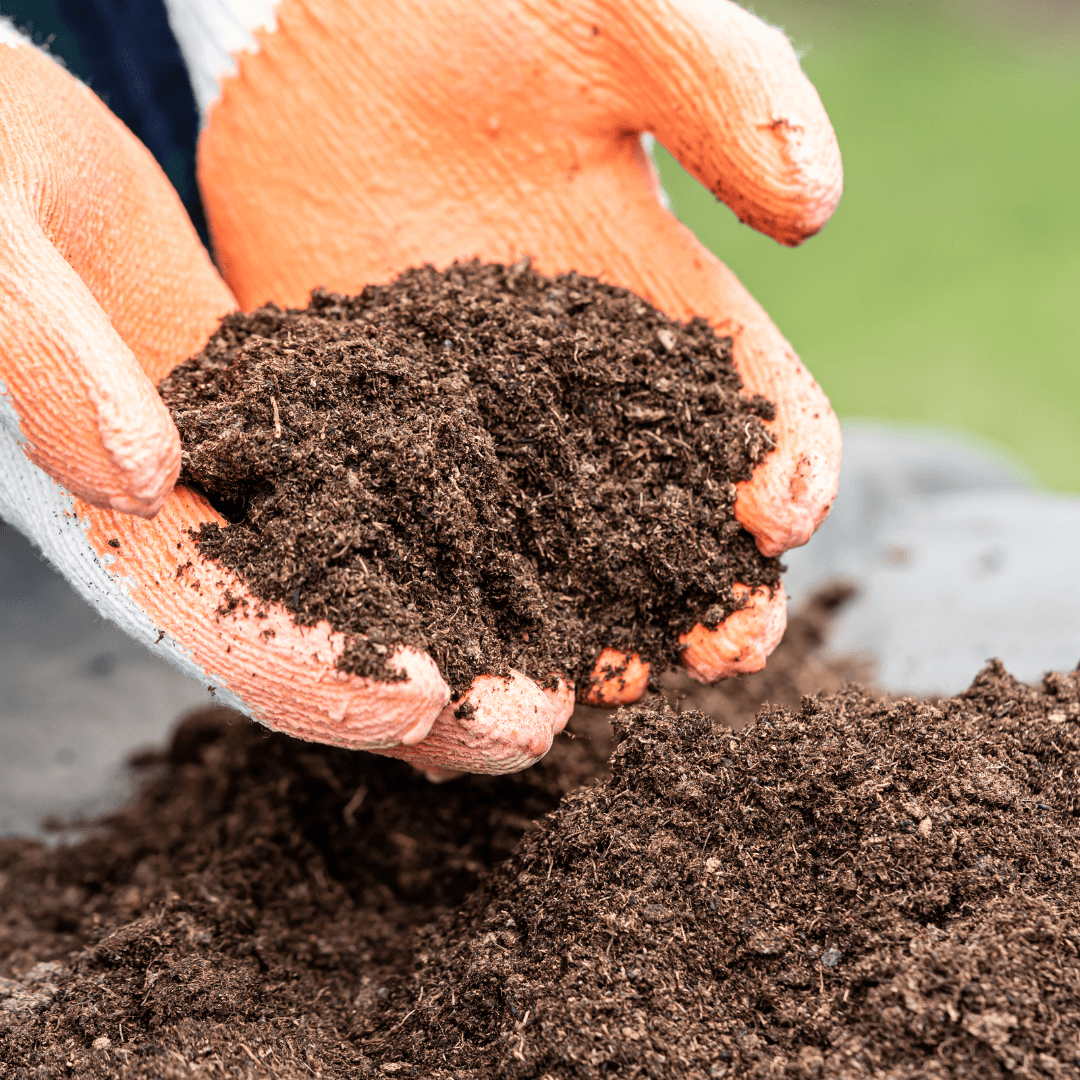
Improving Soil Quality For Vegetable Gardens
Improving soil quality for vegetable gardens ensures healthy plant growth and high yields. One of the most effective ways to enhance soil quality is by adding organic matter, such as compost, aged manure, or leaf mould.
Organic matter strengthens soil structure by tying soil particles together and generating pore openings for water and airflow. By enhancing the soil's capacity to hold moisture, it lessens the need for frequent watering.
Organic matter also promotes the establishment of helpful microbes that aid in the breakdown of organic matter and the release of nutrients for plant uptake. Furthermore, organic matter supplies vital nutrients for plant growth.
The next crucial step in enhancing soil quality is to conduct a soil test. This test ascertains the soil's pH and nutrient content.
According to the test findings, you can apply particular fertilizers to treat nutrient deficiencies and use lime or sulphur to regulate the soil's pH. This ensures your plants can access the nutrients they need for optimal growth.
Practicing crop rotation and cover cropping can also help improve soil quality. Crop rotation is planting a different crop in the same spot every year to keep pests and diseases out of the area, which can harm some plant species.
Planting cover crops—such as grasses or legumes—in the off-season helps to enhance soil structure, increase organic matter, and prevent soil erosion.
Finally, avoiding practices that can harm soil quality, such as excessive tilling and compaction, is essential.
Excessive tilling can disrupt the soil structure and destroy beneficial soil organisms, while compaction can restrict root growth and water infiltration.
Raised beds or paths should be utilized to prevent walking on the soil, and mulch should be used to protect the soil and add nutrients as it decomposes.
By implementing these tips, you may greatly enhance the quality of your soil and grow stronger plants and a more fruitful vegetable garden.
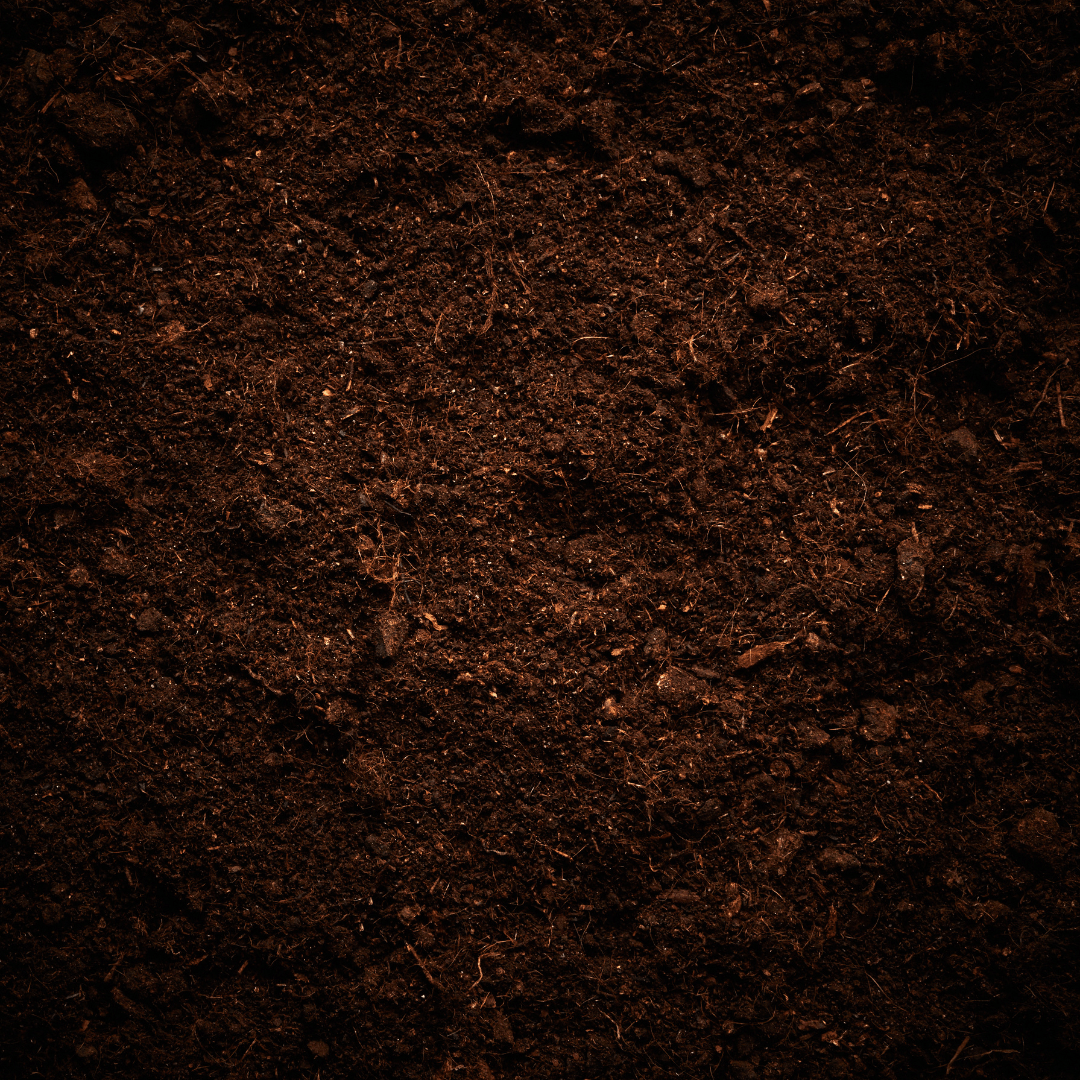
Common Soil Problems And Solutions
Common soil problems can affect the health and productivity of vegetable gardens, but with the right knowledge and techniques, these issues can be addressed effectively.
Understanding these common soil problems and how to solve them is essential for any gardener looking to cultivate a thriving vegetable garden:
1. Poor Drainage
Inadequate soil drainage can result in damp conditions that can suffocate plant roots and encourage the development of pathogens that cause root rot.
To help drainage, amend the soil with organic matter like compost, well-rotted manure, or leaf mould.
Because organic matter binds soil particles together, it increases the pore spaces available for water to pass through, improving soil structure.
This allows excess water to drain away more easily, preventing waterlogging. Additionally, organic matter improves the soil's ability to hold onto moisture, providing a more balanced environment for plant roots.
When adding organic matter, use a garden fork or tiller to work it into the top few inches of soil.
This will help incorporate the organic matter evenly throughout the soil. It's also important to avoid walking on the soil when it's wet, as this can cause compaction and worsen drainage issues.
By improving soil drainage with organic matter, you can create a healthier growing environment for your vegetable garden, leading to healthier plants and higher yields.
2. Nutrient Deficiencies
Insufficient amounts of certain nutrients in the soil can cause stunted growth and low yields in vegetable crops.
A soil test is crucial to determine which nutrients are deficient and remedy this problem. Soil tests can yield important details regarding the pH and nutrient content of the soil.
The inadequacies can then be filled in by adding fertilizers or soil amendments based on the findings of the soil test.
Using fertilizers is a fast approach to give your plants particular nutrients. They are available in diverse forms, like liquids, spikes, or granules, and they have different proportions of potassium, phosphorus, and nitrogen, among other important nutrients. Based on the results of the soil test, select a fertilizer that is appropriate for your plants.
Compost, manure, or bone meal are examples of organic soil amendments that can increase soil fertility and give plants the necessary nutrients.
These amendments enhance soil structure, supply nutrients, and encourage healthy microbial activity.
3. pH Imbalance
pH imbalance in soil can significantly impact plant nutrient availability, affecting their growth and overall health.
A pH level that is too high or too low can hinder the uptake of essential nutrients, even if they are present in the soil. To address pH imbalance, conducting a soil test to determine the current pH level is crucial.
Lime can be added to soil with a pH that is too low or too acidic to assist in raising the pH and increasing the plant's availability of nutrients.
Lime helps plants thrive by releasing calcium and magnesium and neutralizing acidity. Various varieties of lime exist, including calcitic lime, which mostly consists of calcium carbonate, and dolomitic lime, which also contains magnesium carbonate.
The current pH level and the plant's nutrient requirements determine the kind of lime that should be used.
On the other hand, if the soil is too alkaline (high pH), sulphur can be used to lower the pH level. Sulphur increases soil acidity, making nutrients more soluble and available to plants.
To achieve the desired pH level without overcorrection, following the soil test's recommendations and the instructions for the lime or sulphur product is essential.
Conclusion
Selecting the right type of soil for your vegetable garden is crucial for ensuring the health and productivity of your plants.
Each soil type has its unique characteristics, from sandy soil's excellent drainage to clay soil's nutrient-rich composition.
Understanding your soil's properties and how to improve them can help you create an optimal growing environment for your vegetables.
Choosing the right soil type and implementing proper soil management techniques can create a healthy, nutrient-rich environment for vegetables to thrive in.
So, assess your soil, make any necessary amendments, and watch as your vegetable garden flourishes with vibrant, healthy plants and bountiful harvests.
I trust you enjoyed this article on the Type Of Soil For Vegetable Gardens. Please stay tuned for more blog posts soon. Take care!
JeannetteZ
>>>Please click here to read my all-inclusive article about Container Gardening<<<
>>>Are you interested in homegrown herbs and medicine? Please click here to find out more about it!<<<
Your Opinion Is Important To Me
Do you have thoughts, ideas, or questions? I would love to hear from you. Please leave me your questions, experiences, and remarks about this article on the Type Of Soil For Vegetable Gardens in the comments section below. You can also reach me by email at Jeannette@Close-To-Nature.org.
Disclosure
This post may contain affiliate links. As an Amazon Associate and other affiliate programs, I earn from qualifying purchases at no extra cost to you. Please read my full affiliate disclosure.
You might also enjoy these blog posts:
Unlocking The Secrets Of Trikatu
Best Tips To Grow Jojoba In Containers
Best Tips To Grow Witch Hazel In Containers
Best Tips To Grow Triphala In Containers
Best Tips To Grow Licorice In Containers


